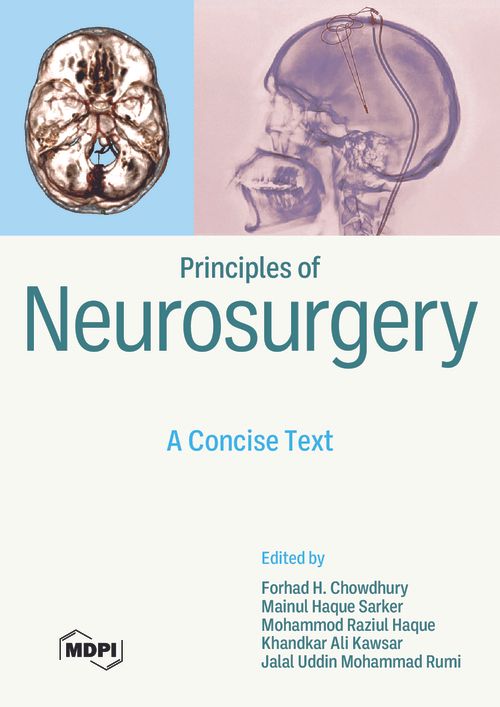Clinical Evaluation of the Nervous System: Neurosurgery and Its Branches
Clinical history taking and examination are the first and fundamental steps of the investigation, diagnosis, and treatment of a patient. Examination of the nervous system is of utmost important for a neurosurgeon. Here, clinical methods for a neurological or neurosurgical patient are briefly mentioned, including history taking for the nervous system; consciousness-level examination; higher-cerebral-function examination; examination of the cranial nerves, limbs, and trunk; examination of posture and gait; and examination for signs of meningeal irritation. Clinical examinations of unconscious and pediatric patients as well as dementia patients are also included in the discussion. In the last part of this chapter, the branches of neurosurgery are listed.
